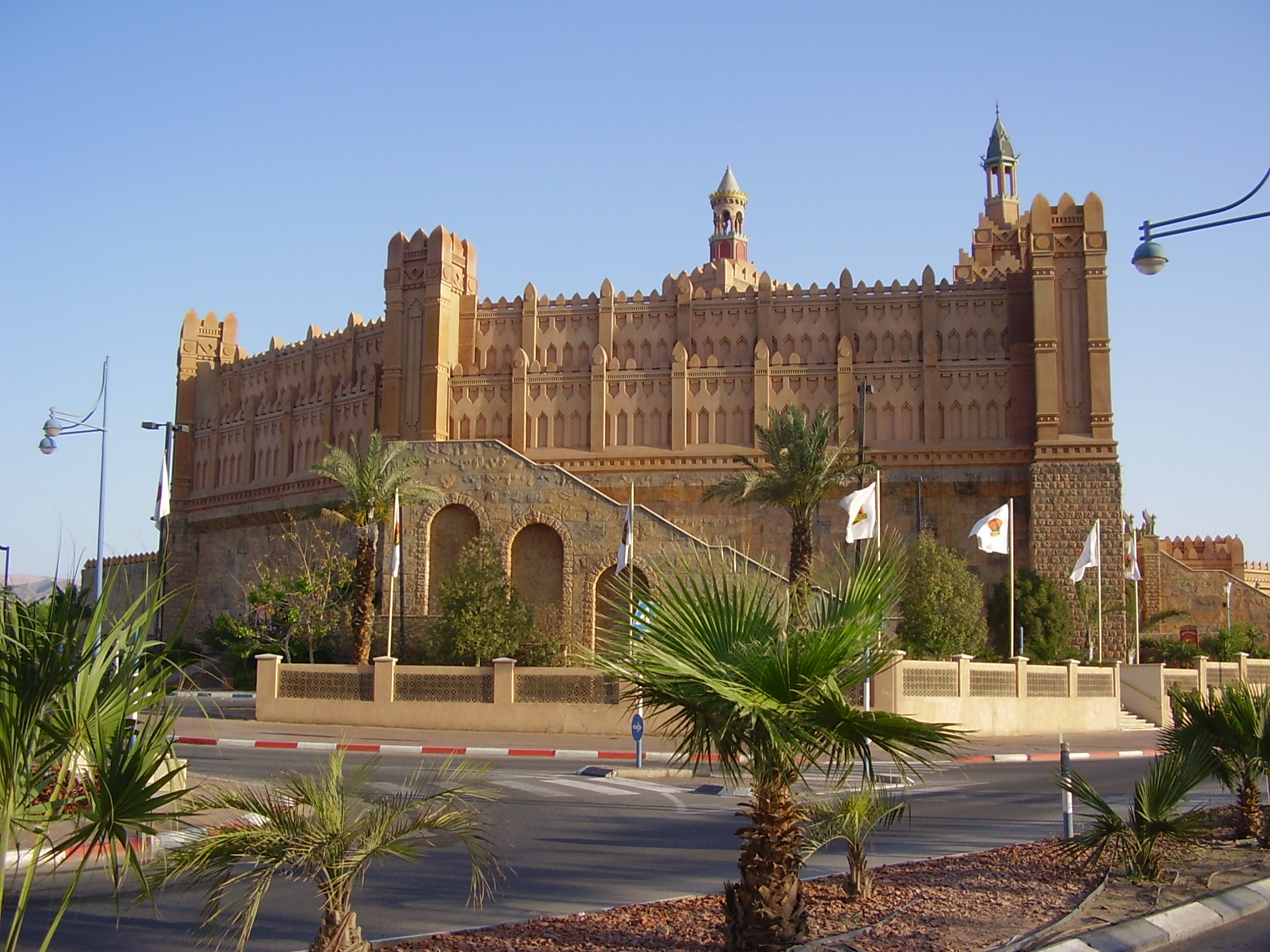
The Bible makes several references to the sepulchers of the kings. These sepulchers are most likely spaces inside one large tomb. Hyrcanus only robbed one space of the burial places. A hundred years later on, King Herod identified to pick up where Hyrcanus had ended. Known for his large structure tasks throughout Jerusalem, Herod had heard that Hyrcanus had left behind a remarkable amount of wealth. Josephus relates that after Herod had planned a raid for some time, he opened that sepulcher ought to not be at all understood in the city, but took just his most devoted good friends with him.
When it comes to any loan, he discovered none, as Hyrcanus had done, however, that furniture of gold, and those precious products that were laid up there. All which he took away (ibid, Schedule 16, Chapter 7, Number 1).
Lots of archaeologists had presumed that David’s palace must have lain within the walled city. However why would the king of Israel develop his royal palace inside the confined city walls of the old Jebusite fortress, Mazar wondered. The old city was just about 9 square acres. Relying on the history taped. When David became aware of the Philistines’ method, he left his palace at the peak of Mount Zion and decreased” to the fortress, or got in the walled city.
So, Nehemiah, the boy of Azbuk (a different Nehemiah than the author of the book) continued where Shaun ended unto the location over versus the sepulchers of David.” The Jewish residents of the city at this time apparently knew of these burial places and their area. The tombs lay beside where the stairs ended.
As Dr. Mazar wrote in her revolutionary post back in 1997, We understand quite a bit about this city the City of David from excavations, topography and the scriptural text (Excavate King David‘s Palace, Scriptural Archaeological Review, January/February 1997). Undoubtedly, the scriptural text reveals that the only royal building constructed at the time the tombs were made. David decreased to the fortress. In other words, David’s palace was located on the highest point of the city. Before Solomon bigger the city, the palace was the high location.
Besides these scriptural referrals, archaeologists have likewise discovered proof that emperors of neighboring kingdoms, including the kings and queens of Assyria and 5 Babylonian kings, were also buried in their palaces. The above makes it clear that the practice of burying kings in their houses mainly their palaces, developed as locations of the home.
In her post, Franklin quoted Isaiah 14:18: All the kings of the nations, even all of them, depend on splendor, everyone in his house. The king’s tomb, Franklin states, represented his home, which is why they were constructed beneath the palace.

